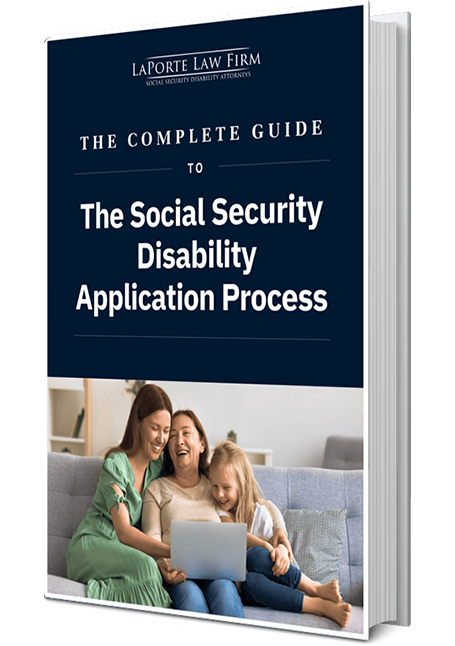
Initial and reconsideration disability determinations are made by employees of state agencies. The subsequent appeal, on the other hand, is decided by an administrative law judge (ALJ) after a hearing. There are significant differences between the way disability is evaluated by the state agencies, and the way ALJs approach the issue. The state agency decision-makers, who have only the cold file to review, seldom look beyond the medical findings to consider a claimant’s actual ability to work.
The Advantages of Administrative Law Judge Hearings
State agency decision-makers tend to use Social Security regulations known as the Listing of Impairments as the unstated sole basis for denying claims, especially for claimants under age 50. If a younger claimant’s impairment does not meet a Listing, the state agency is unlikely to find the claimant disabled. But meeting a Listing is only one of two routes to a disability finding. A claimant can also be approved under the Regulations by consideration of vocational factors including age, education, and the work skills an individual has.
ALJs, unlike the state agencies which perform only a “chart review”, get to meet the claimant and hear from him or her in person. They view their role as evaluating the entire case, including the testimony of the claimant and other witnesses, to determine what work capabilities the claimant still has. ALJs find younger claimants disabled because of inability to perform sedentary work much more often than state agency decision-makers do.
State Agency vs. ALJ Decisions
In 2010 the Social Security Administration Office of the Inspector General (OIG) did a study of the differences between state agency decisions and ALJ decisions for certain impairments. For example, ALJs found claimants with back impairments disabled 70% of the time, while the state agency denied 78% of such cases. For claimants under age 50 with back impairments, the state agency found them not disabled 94% of the time while ALJs found them disabled 63% of the time.
The Social Security Administration has viewed such differences in results and approach to decision-making as a problem. It has taken steps to encourage a unified approach to decision-making at all administrative levels. However, disparities remain. So even if you’ve been denied by the state agency, if you are truly unable to work on a full-time, reliable basis because of your health, you may have a better chance of winning before an ALJ.














